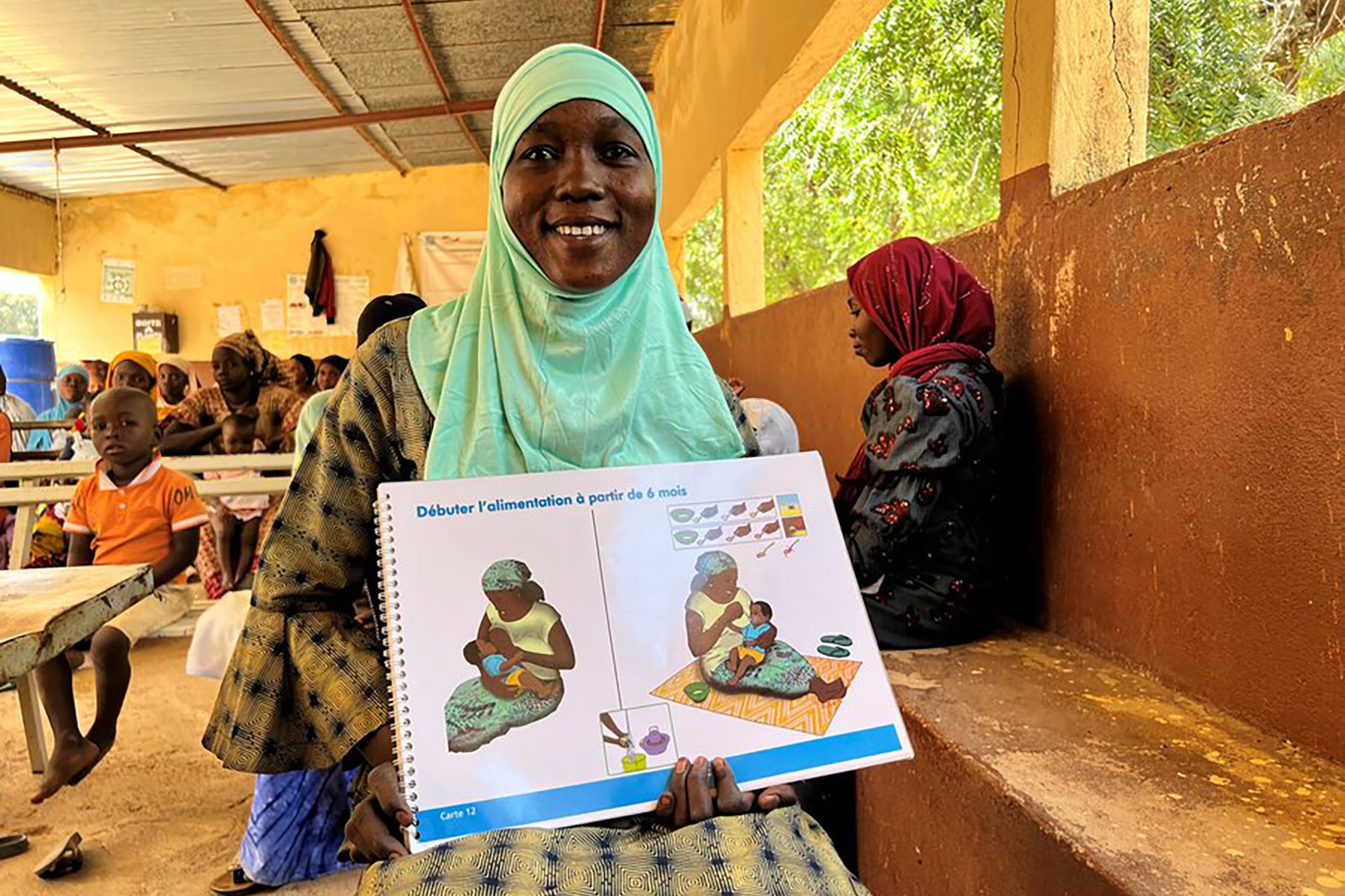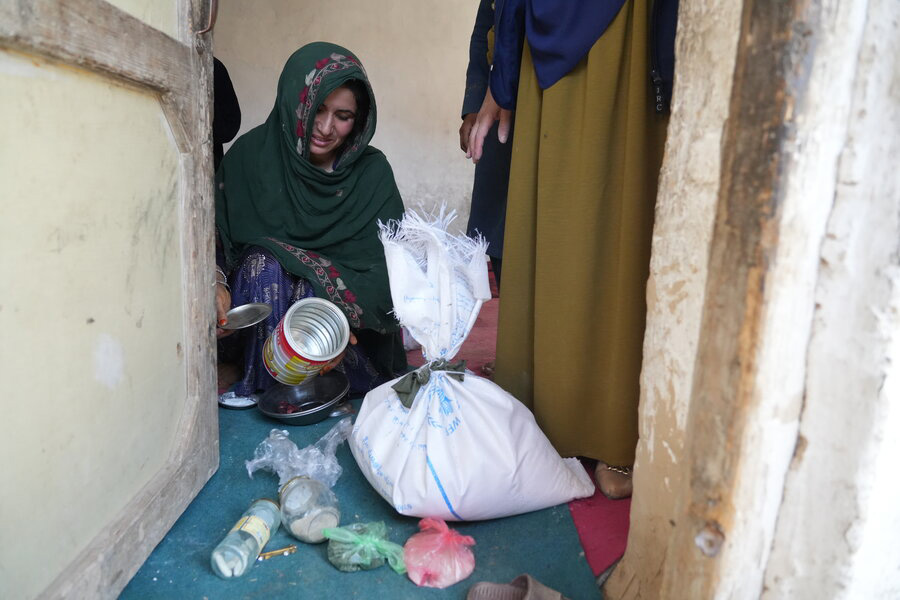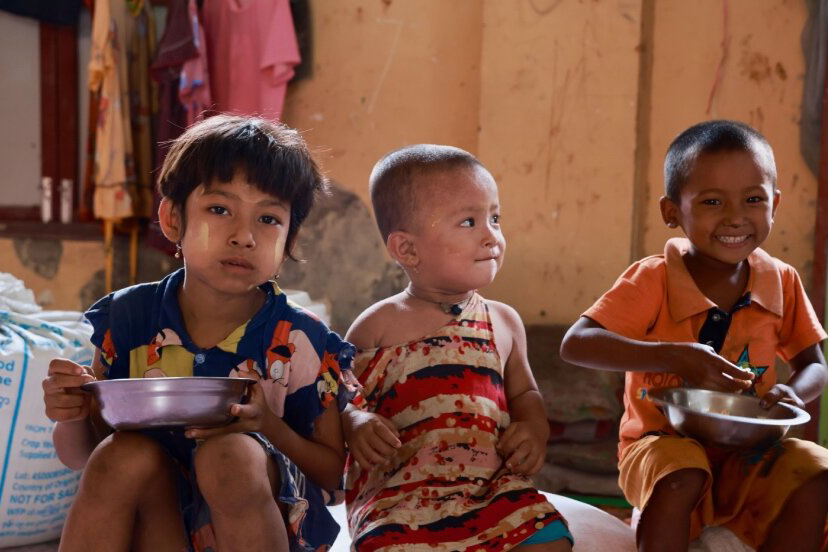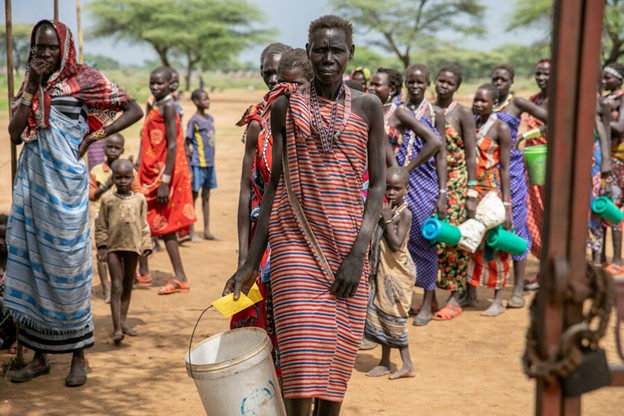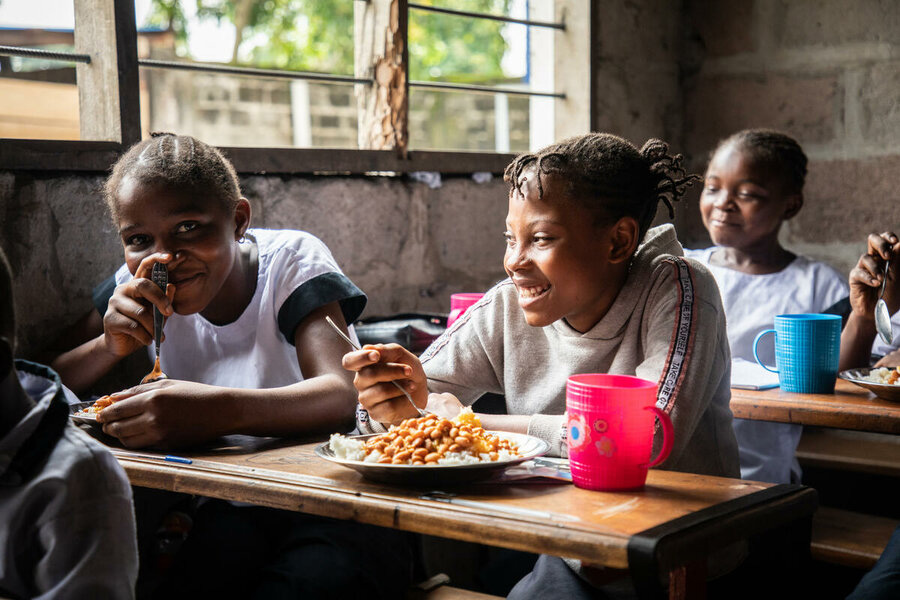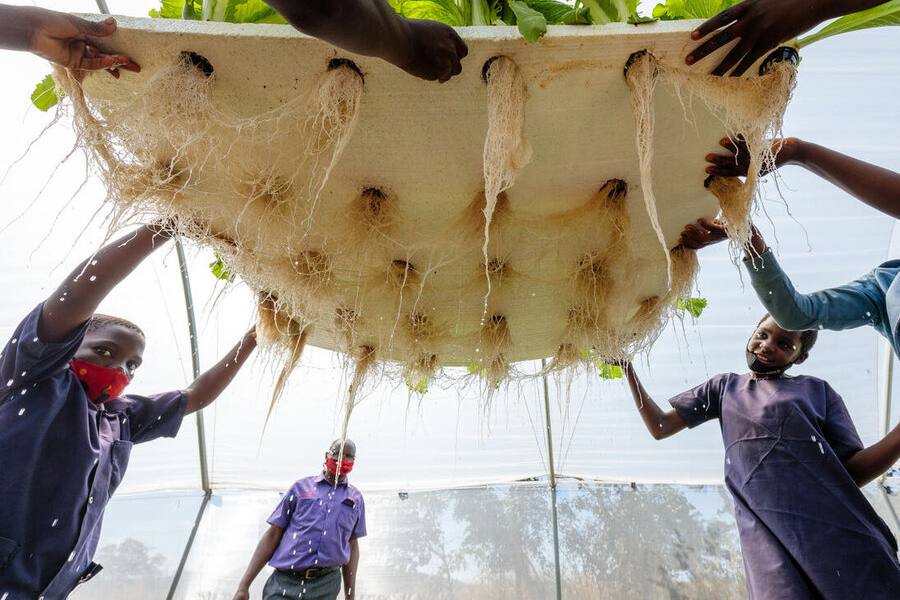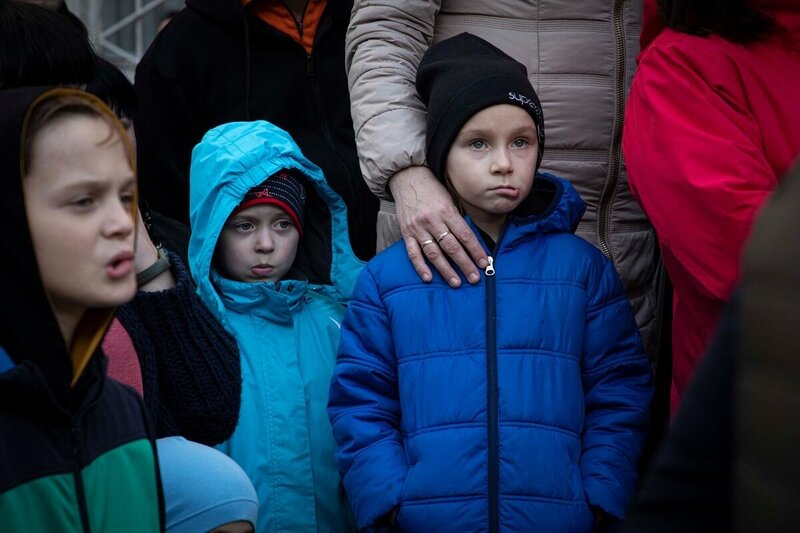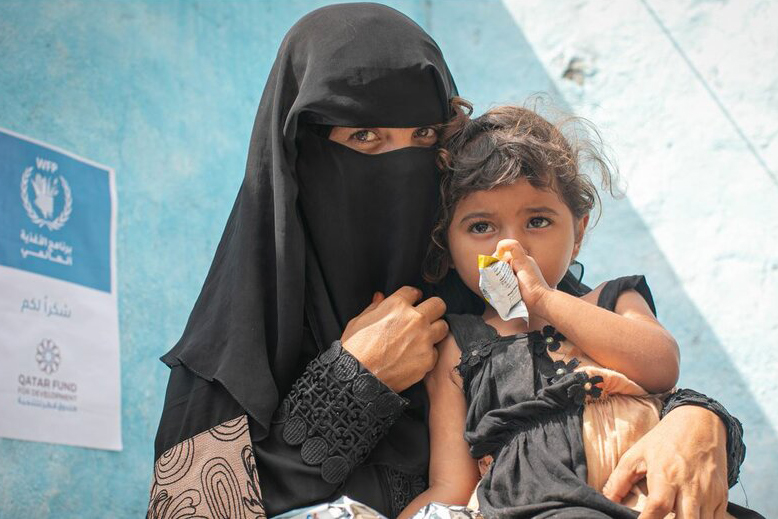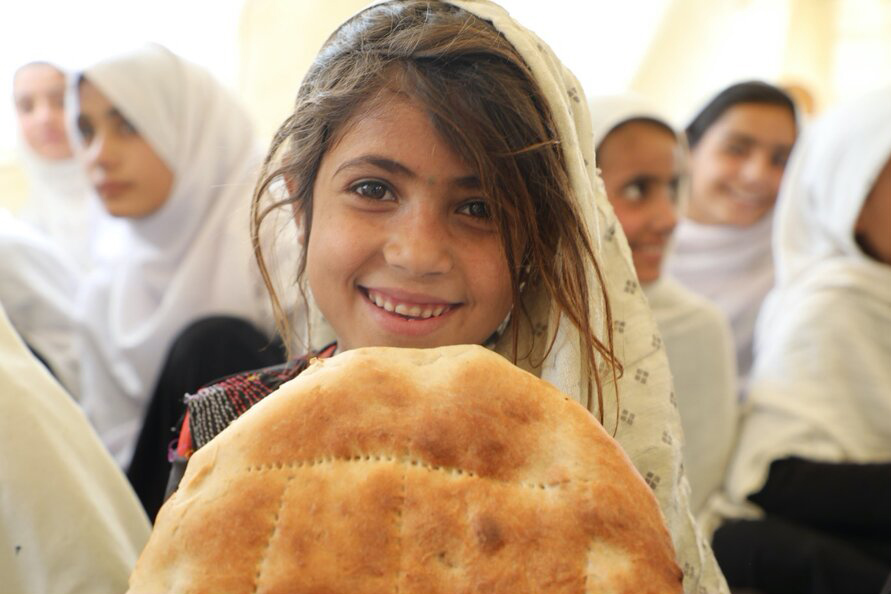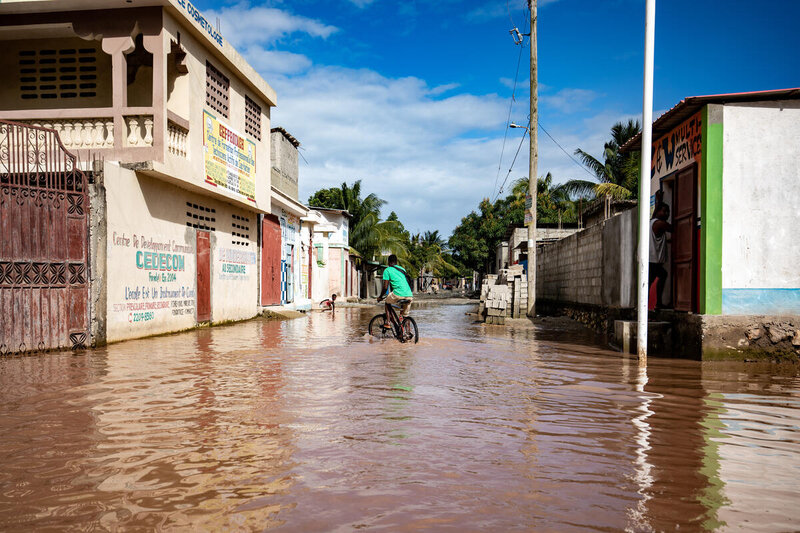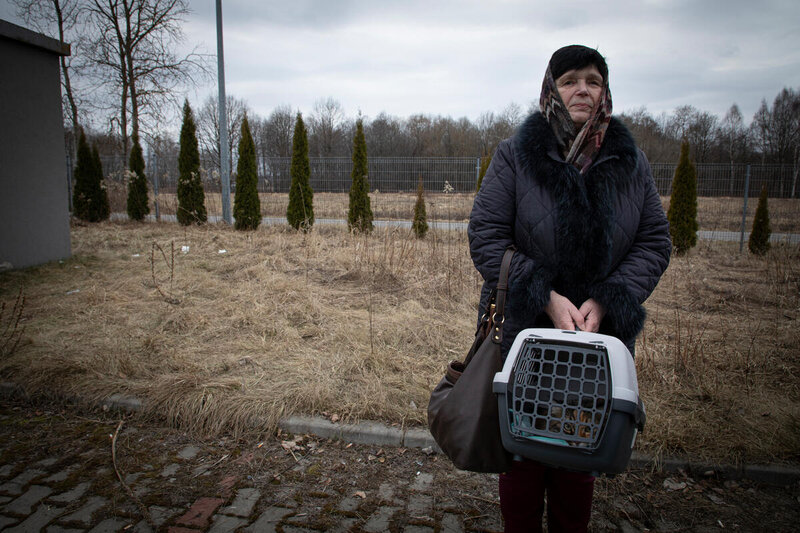Facing mounting challenges from COVID-19, climate change, and global conflicts, farmers are crucial to food security, and organizations like Food and Agriculture Organization are pivotal in supporting their resilience amid crises.
Food Aid

WFP: Food distribution paused in Gaza
Food distribution has been halted in the North of Gaza due to heightened safety and security risks to both the delivery personnel and recipients.
In the village of Dotembougou in central Mali, Atoumata Nimaga, a mother of three, is now a local volunteer leader who teaches other village women about healthy eating. Not so long ago, Atoumata faced hunger so severe that it threatened her unborn child. With the help of the World Food Programme, she was able to receive nutritious rations during her pregnancy. She is now part of a joint programme that helps families offset the negative effects of climate shocks and humanitarian disasters. The programme aims to put more than 38,000 women at the center of the development process, giving them the knowledge and tools to address the challenges many face.
The Afghan community is being pushed to the brink as the World Food Programme is forced to cut food assistance driving people into a freefall where they do not know where their next meal is coming from. Children are earning 50 Afghan Afghanis (US$0.60) a day from garbage and plastic collection. In a country reeling from protracted conflict, a decimated economy, and a climate crisis that is worsening by the day, 15 million people are going to bed hungry every night. WFP urgently needs US$1 billion to pull Afghans back from the brink.
Nearly two weeks after Cyclone Mocha, a grim certainty looms as the coastal areas of Myanmar and Bangladesh enters monsoon season. The cyclone has sent food prices soaring and wiped-out people’s slender food stocks. But now Mocha’s devastation has only deepened hunger already sharpened by the country’s conflict and political and economic crises. WFP has distributed hot meals and emergency food assistance to thousands of people in the immediate aftermath of the storm. A funding shortfall is threatening WFP's response in both countries.
After three years of drought, more than 23 million people across parts of Ethiopia, Kenya and Somalia face severe hunger. When the region’s long-awaited rains arrived in March, they should have brought some relief. But instead, flash flooding inundated homes and farmland, washed away livestock, and closed schools and health facilities. Mortality and malnutrition rates remain a serious cause for concern. WFP and partners launched a rapid scale up of life-saving assistance in drought-hit Somalia, Kenya and Ethiopia, which helped to keep famine at bay in Somalia.
School meals programmes are dishing up hope for millions of children at the forefront of the global food crisis, according to a new WFP State of School Feeding Worldwide 2022 report.
Students in a rural school near Gwembe learn about soilless cultivation, or hydroponics, in a greenhouse set up by the World Food Programme (WFP) in Zambia. It will come as no surprise that the most food-insecure people live in developing countries and in arid areas where little water is available – or too much water, of too poor a quality. Water is essential for food production, but decades of poor water management, misuse and pollution have degraded freshwater supplies and ecosystems. WFP helps to replenish water-depleted soils and aquifers through programmes that provide communities with water access and availability. These benefits also help to increase people’s food security, empowering them over the long term.
One year ago, WFP did not have an office in Ukraine. This lower middle-income agricultural powerhouse did not require one any longer, and operations shut down in 2018. That – and much more – changed dramatically in the days following the invasion. The war’s effects swiftly rippled outwards. Food, oil and fertilizer prices soared, affecting vulnerable communities in countries thousands of miles away – 20 million of them in the Horn of Africa alone. WFP has supported more than 10 million people to date in the country with 1.3 billion meals. Today, over 80 percent of WFP aid is directed at those living near the frontlines.
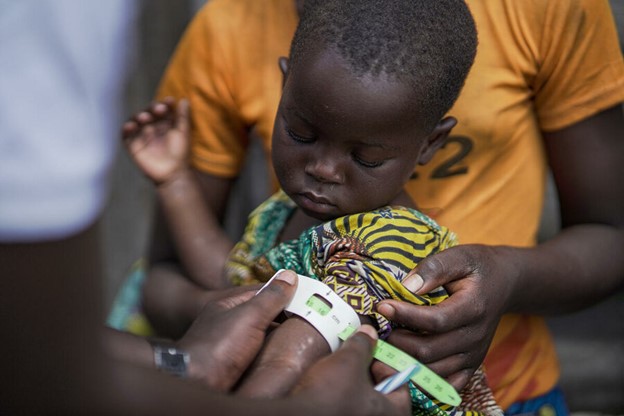
Pope Francis to cast spotlight on ‘forgotten’ crises
The devastating fallout of conflict, and the importance of building peace, are likely to be key themes for Pope Francis when he visits DRC and South Sudan next week. It sheds a rare spotlight on two of the world’s most fragile countries, where unrest has helped drive hunger to alarming and sometimes catastrophic levels. Between South Sudan and DRC, WFP has reached more 11 million of the most vulnerable with food and nutritional assistance in 2022, focusing especially on conflict-hit women and children. But as needs in both countries grow, WFP faces multi-million dollar funding shortfalls, forcing them to reduce their support to even the hungriest people.
Soaring global food insecurity is putting 750,000 people, in five countries, at immediate risk of ‘starvation or death,’ according to the latest Hunger Hotspots report, published by the World Food Programme (WFP) and the Food and Agriculture Organization (FAO). Food insecurity is expected to worsen in countries that form part of what WFP calls a 'ring of fire' creeping across the globe, with the Democratic Republic of Congo, the Sahel region and Syria among the 20 hotspots highlighted in the report. Conflict in Ukraine – which is listed as a hotspot – has triggered not only the biggest humanitarian crisis this century but also a global spike in fuel and food prices. Hunger Hotspots includes recommendations for every country on two fronts: emergency response to save lives and anticipatory actions. Both require donor support.
WFP is designing programmes to support Afghanistan's smallholder farmers and feed children at the same time. The Bread+ project, pictured, gives children midday snacks and will grow to work with 1,100 local bakers by September. Mary-Ellen McGroarty, World Food Programme country director for Afghanistan, explains why donors - whose help averted famine over the winter - must continue their support.
It is still possible to solve the climate crisis. But time is short. We must invest in our planet now to protect people, livelihoods and our futures. WFP works with communities in Haiti to build resilience to climate shocks by creating, rehabilitating and modernising community resources. In 2021, 80,000 people in six departments benefitted from resilience activities. This included 73,000 trees planted and 2,500 metres of flood protection dikes and 6,264 meters of drainage canals rehabilitated.
The World Food Programme is calling for US$570 million as it kicks off an emergency response to the Ukraine crisis. The organization is putting critical supplies in place as the UN says more than a million refugees have crossed into neighbouring countries. Ljudmila, 70, could not bear to leave her cat behind as she embarked on a six-day journey to Poland. WFP is working with UNHCR, the UN Refugee Agency, to assist 300,000 people outside Ukraine’s borders.


